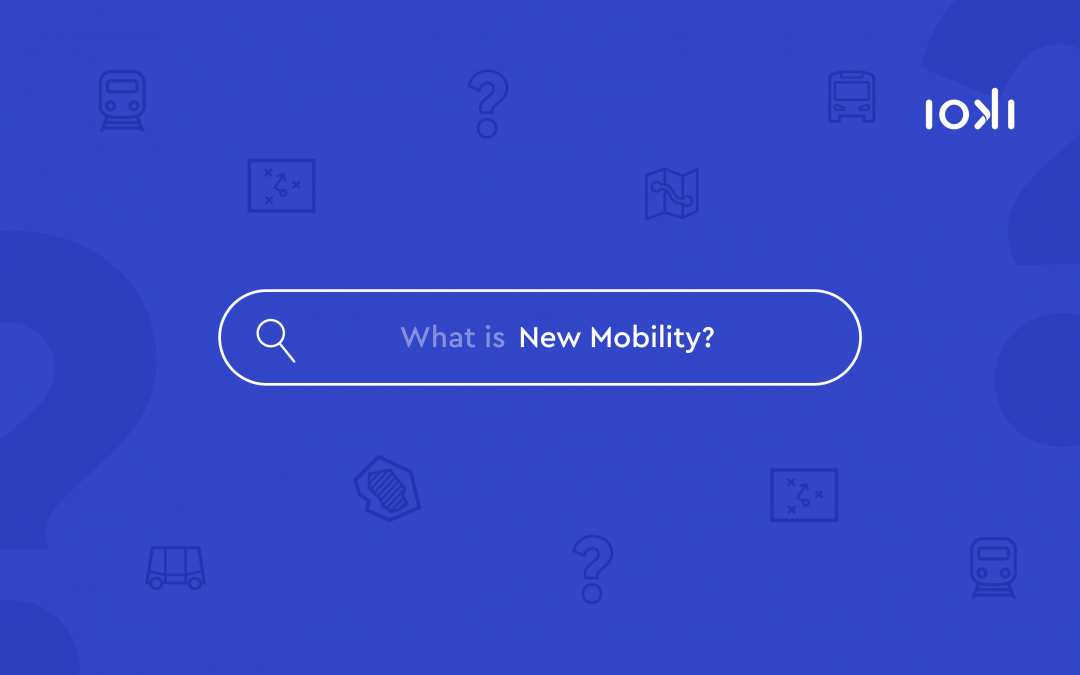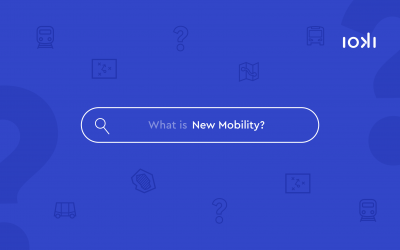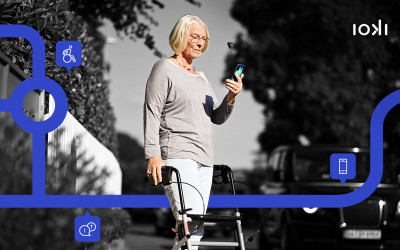Already today, 55% of people live in urban areas and the trend is continuing. On the contrary: millions more will move to the world’s metropolises in the future. One factor of urban life has a very special expectation: mobility in particular is expected to have a lot to offer in the future. In order to get from A to B quickly, no one should have to stand in traffic jams, our traffic should be emission-free and preferably as quiet as possible. But how will we be able to use new mobility concepts to improve the quality of life in already crowded cities and make it more sustainable?
The answer, which is inevitably in the air, can be summarized as Smart City. Smart Cities is all about the idea of finding technical solutions to urban problems and challenges. The cities of the future are to become more liveable places that are free of noise and emissions. Intelligent transport routes should enable more people to reach their destinations faster. But also the intelligent construction of buildings or digitalization play a major role in the Smart City of the future. This will create the vision of a green, technologically advanced, networked, efficient and socially inclusive city.
Mobility of tomorrow
Not least, this idea makes us dream of pollutant-free and greenhouse gas-neutral transport: public transport and bicycles are becoming increasingly popular, but the car will also continue to find its place in the urban mobility of tomorrow. There will be many more electric vehicles powered by renewable electricity; these will be shared by people through sharing concepts. Although we already know car sharing as a proven method, the idea of « sharing instead of owning » will play an increasing role in the city of the future. If we add the factor « autonomous » to all this, we arrive at what is presumably the ideal picture of tomorrow’s urban mobility: electric cars that drive independently keep traffic flowing smoothly and are networked with everything necessary and possible that their environment has to offer. The vehicles themselves are becoming increasingly important as so-called third places – be it as an extension of the office on the way to work, as a second living room… There are no limits to the imagination (not least that of the automotive industry).
This makes it clear that the goal is not to banish cars from the ideal vision of the future, but to use them in such a way that there are fewer of them, but they are shared. That would mean fewer cars that are stationary and more space for green spaces in the city. And the miserable search for parking spaces will also be optimized: An app will show you where nearby parking spaces are available.
Create and preserve green space
For an evening walk in the park, nowadays, in many places, one first has to get out of the city in order to see some green areas. In the city of the future, these will be everywhere and can be reached with short walking distances. The quality of the environment will be improved: Living and working will have a better quality of life thanks to high-quality green spaces and passages. Green and water areas not only improve the climate, but also cool the air down. They also promote health and create incentives for exercise. They stand for recreation and the preservation of biological diversity.
The city of the future will face the challenge of how to ensure clean drinking water and clean energy while protecting the environment. The Fraunhofer Institutes have developed Deus 21 for this purpose. With this technical system, water can be saved. Energy can be generated from the waste water in the process. According to this, in the city of the future, rainwater can be collected from the roofs of houses and processed so that it can be used for washing and showering.
And this is just one example of how great the possibilities and opportunities of new technologies are for the cityscape of the future. Norway’s capital Oslo, which was voted European Green Capital of 2019, is leading the way as one of the pioneers, especially in terms of sustainability. The projects are particularly convincing with their special ecological and cultural characteristics and solutions. Due to the steady growth, environmentally friendly urban development is indispensable. Not only the residents benefit from the expansion of the Tjuvholmen district, but also the sea dwellers: shellfish and fish enjoy the artificially created underwater reefs that provide shelter. Oslo has also set itself the ambitious goal of reducing emissions by 95 % by 2030.
How quickly other European cities can make the change remains to be seen. Certainly, this will not happen overnight – but every step towards a green city with demand-driven mobility is the right one.



